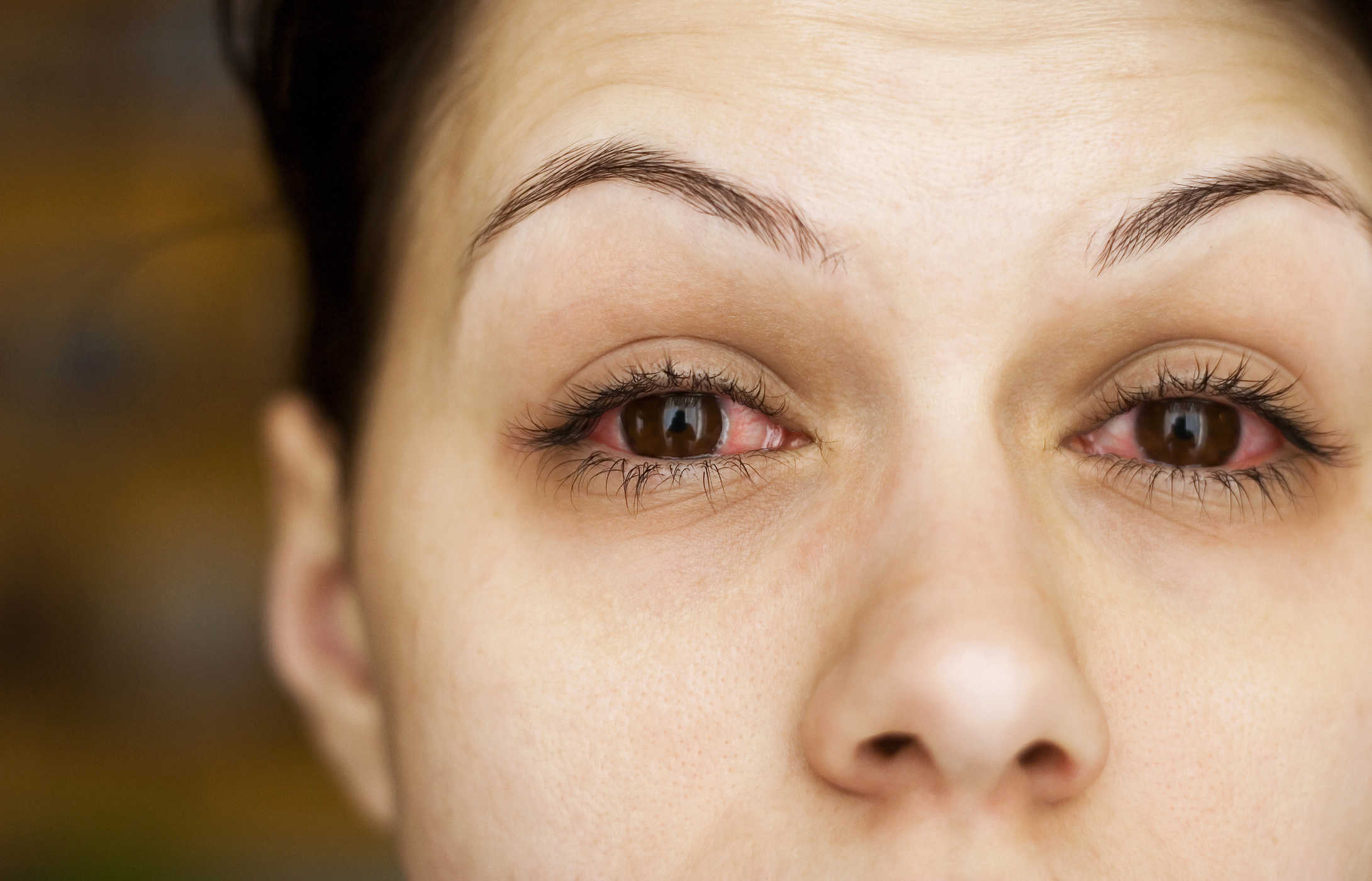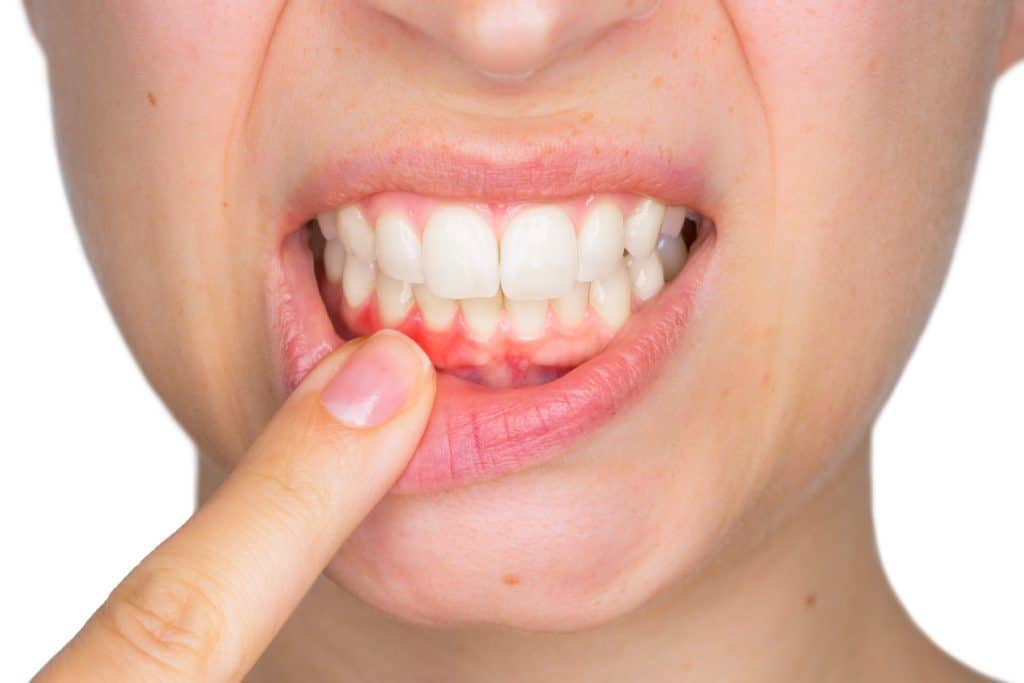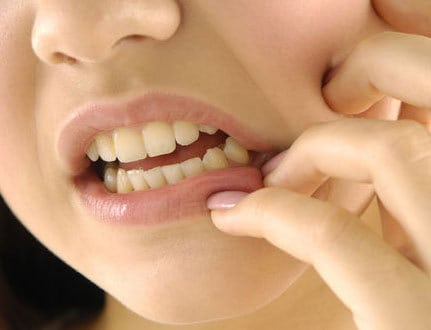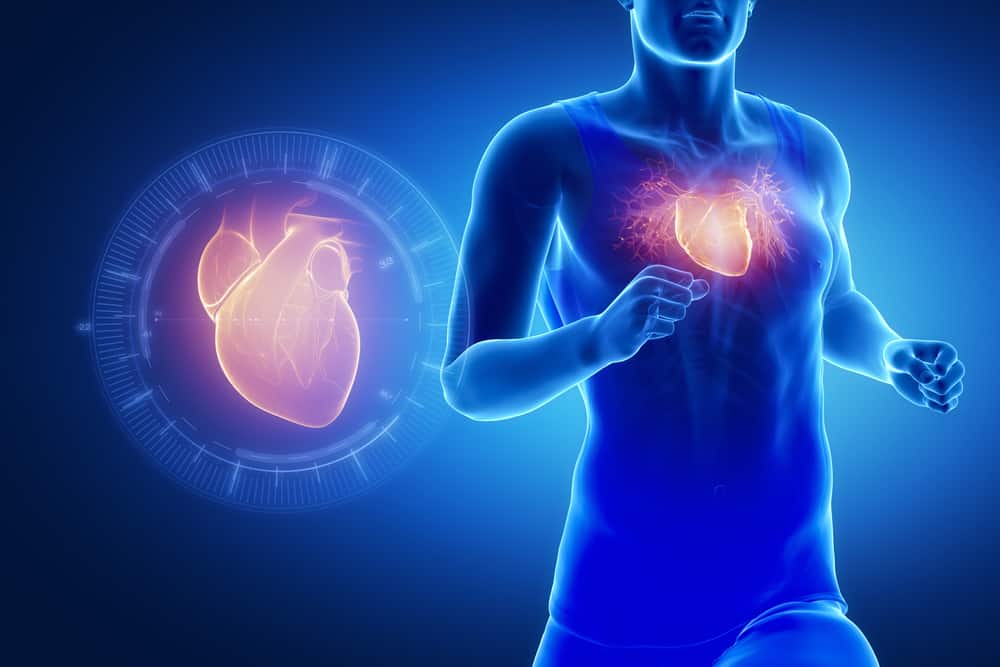Contents:
Medical Video: How to protect yourself from Tear Gas
It is quite common to hear newscasters on television reporting, "Mass demonstrations have been disbanded with tear gas by the police."
From the May '98 riots, the #BlackLivesMatter demonstration in Ferguson, the United States some time ago, until the Israeli-Palestinian conflict that continues to the present - the use of tear gas to disperse the crowd often reaps controversy, especially because its use is prohibited in war zones but allowed to control the mass of civilians.
What is tear gas?
Tear gas is often used by law enforcement when they are faced with an aggressive crowd as riot control and as a chemical weapon.
The earliest forms of tear gas were first used in World War I by France and Germany. There are three types of tear gas that are currently commonly used, both by individuals and security forces:
- CS (chlorobenzylidenemalononitrile) - the active component in CS, 2-chlorobenzylidene malononitrile, synthesized by American chemists Ben Corson and Roger Stoughton in 1928 and began to be developed as a weapon of taming riots in the late 1950s
- CN (chloroacetophenone) - often sold as Mace
- Pepper spray - made from chili mixed with an arut solvent ’agent, such as corn oil or vegetable oil
Tear gas is also available for personal self-defense weapons, but not as popular as pepper spray.
What active ingredients are contained in tear gas?
In one can of tear gas, contained:
Charcoal
Usually made of wood which is heated to almost pure carbon. When a tin pin / grenade is pulled, the axis will ignite: When combined with potassium nitrate, the charcoal is flammable.
Potassium nitrate
Potassium nitrate releases large amounts of oxygen when it burns, which will further ignite the flame. Plants need potassium and nitrogen so KNO3 has been used in fertilizers for centuries. Fertilizers used to come from faeces or urine from livestock, but can now be made from ammonia.
Silicon
While charcoal and potassium nitrate burn, the element of silicon is converted into small droplets of silicon dioxide at a temperature of 1371 degrees Celsius (aka super hot glass) which then mixes with other compounds in the can.
Sucrose
Sucrose is a fire fuel. The sugar melts at a temperature of 185 degrees Celsius, a relatively low temperature to heat and vaporize the chemical compounds of the crystals without damaging it. Oxidizers will help keep combustion going.
Potassium chlorate
Potassium chlorate is an oxidizer. When heated, KClO3 releases pure oxygen in very heavy amounts. Potassium chlorate also breaks down into potassium chloride which produces smoke from grenades.
Magnesium carbonate
Potassium chlorate cannot get along with acid (this mixture is explosive). Magnesium carbonate, commonly found in laxatives, fire extinguishers, and swimming pool lime, serves to keep the pH level of tear gas slightly alkaline; neutralize all acid compounds caused by chemical impurities or moisture. When heated, this compound releases carbon dioxide which helps spread tear gas in an increasingly wide range.
O-Chlorobenzalmalononitrile
O-Chlorobenzalmalononitrile is a lachrymator, a tear-producing agent. This compound also produces a burning sensation in the nose, throat and skin. At least 4 milligrams of O-Chlorobenzalmalononitrile per cubic meter effectively disperse the crowd. O-Chlorobenzalmalononitrile can turn off when the dose reaches 25 mg / m².
How does tear gas work?
Apart from its name, tear gas is not really a gas consisting of one specific chemical. There are a number of different compounds used in this "crying agent" which are solid at room temperature. Once used as a weapon to tame aggressive mass, this compound mixes with a solvent agent (liquid or gas) - designed to activate sensory nerves.
Tear gas triggers inflammation of the mucous membranes of the eyes, nose, mouth and lungs. Tear gas is generally non-lethal, but some agents are toxic. Usually, the effect will begin to occur around 30 seconds after the first contact with the gas. Symptoms include burning sensation in the eye, excessive production of tears, blurred vision, difficulty breathing, chest pain, excessive saliva, skin irritation, sneezing, coughing, runny nose, feeling of suffocation, confusion and disorientation that triggers panic, intense anger. Those who face severe contamination can also suffer from vomiting and diarrhea.
Irritations can be caused by chemical reactions with sulfhydryl enzyme groups, although other mechanisms also occur. Disorientation and confusion may not be entirely psychological. In some cases, solvents used to prepare tear gas can play a role in this reaction and may be more toxic than the lachrymatory agent itself.
What should be done if we are exposed to tear gas?
Tear gas is released in the form of grenades or aerosol cans mounted on the tip of the gas gun and fired with blank bullets so that the mixture of the substance spreads in the air. Therefore, you might hear a loud shot when the trigger of tear gas is released. Don't panic about you being shot by gunpowder. Immediately look up when you hear gunfire and avoid being on the same track with grenades. Tear gas grenades often explode in the air, spewing metal containers that will release gas. This container is hot, so don't touch it. Do not take out the tear gas cylinder that is lying unexploded, because it can explode sometime and cause injury.
If you are outside, the best antidote to this breathing problem is fresh air, and time. After you have escaped to a safe place with fresh air, the gas effect will subside more or less within 10 minutes. If you wear contact lenses, immediately release. First aid for eye irritation is to wash it with sterile saline solution or water, until the sting subsides.
If you don't have protective goggles or gas masks, you can breathe air in your clothes, because there is less air circulation behind the clothes so that the concentration of tear gas will be less, but this will be useless once your clothes are fully contaminated. Take off your clothes. Skin exposed to gas must be washed with soap and water. Medicated bandages can be used in burns.
Difficulty breathing can be treated with oxygen, and in some cases can use asthma medication. If you think you might be stuck in a situation that is prone to tear gas release, you can take precautions by soaking a bandana or a small towel in lemon juice or vinegar, and storing it in a plastic bag. You can breathe through the acidified cloth for a few minutes. This can provide enough time for you to escape the wind direction or reach a higher place. Protective goggles are the biggest help you can have. You can use swimming goggles if special protective chemicals are not available.
Why do people pour milk on victims of tear gas?
If you witness post-confusion coverage in the mass media, you will see there are some people who are busy pouring cold milk all over their bodies after being exposed to tear gas. Milk is one of the home remedies for the effects of tear gas which is believed to be able to relieve the pain caused by tear trigger agents.
A leaflet circulating during the protest Occupy Wall Street suggested spraying a 50/50 mixture of water and Maalox antacids directly into the eyes, mouth and throat (also swallowed). But, this guide specifically mentions this solution to be used as a capsaicin-based tear gas healing herb. It is not known whether this herb works for other types.
READ ALSO:
- 6 Quick Ways to Get Rid of Eyes Swollen After Crying
- 6 Eye Gymnastic Movements to Get Rid of Tired Eyes
- Why Does Paper Sliced Finger Feel Very Painful?












